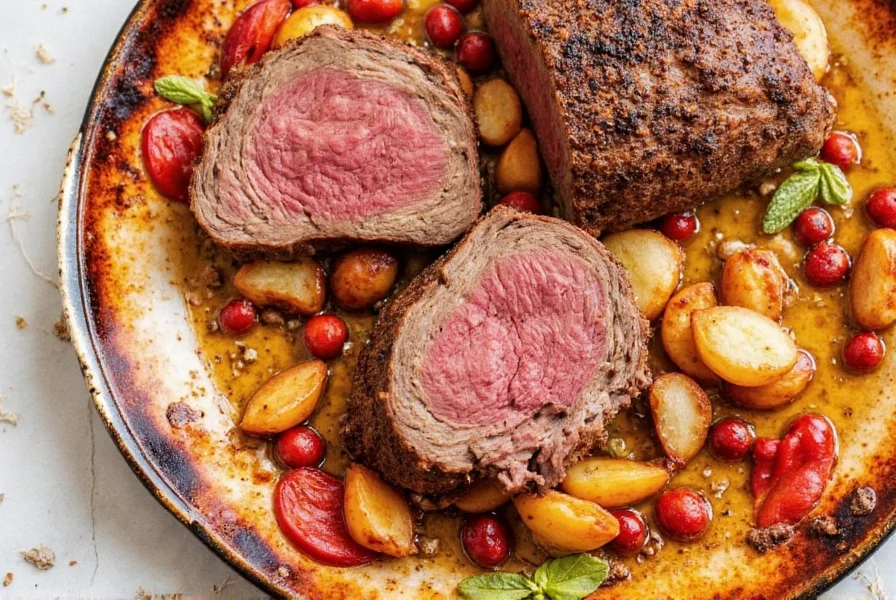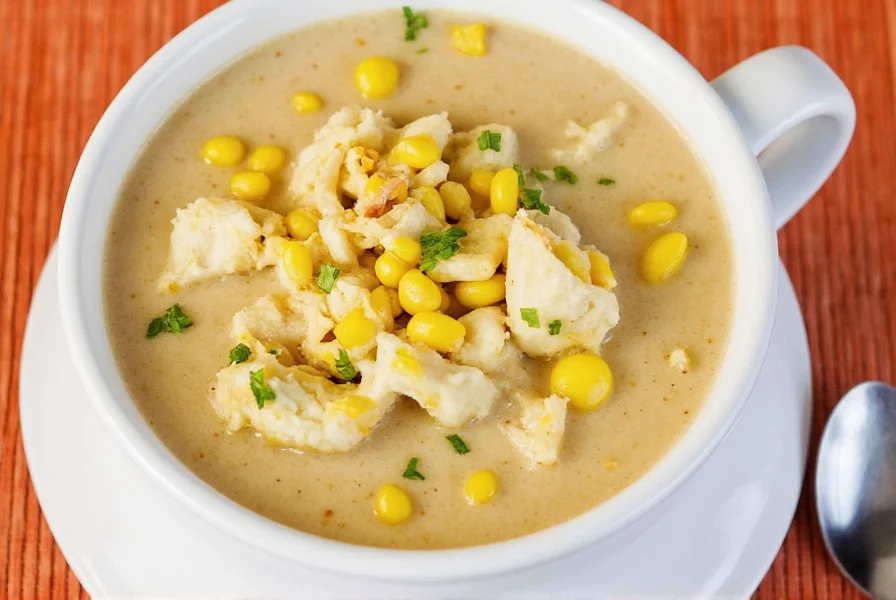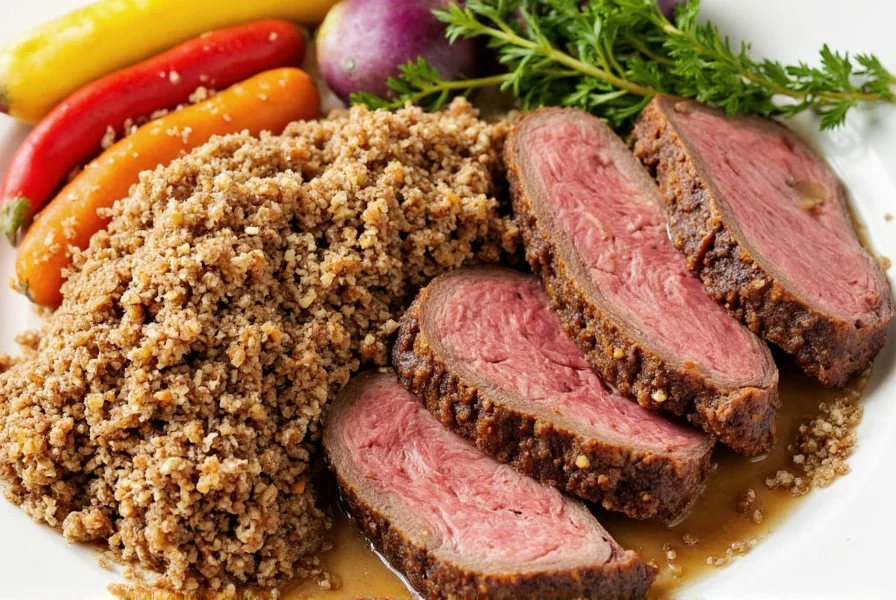7 Secret Spice Blends That Will Transform Your Pot Roast from Meh to Magnificent!
Table of Contents
- Introduction: Why Seasoning Makes the Difference in Pot Roast
- The Essential Flavor Base: What You Should Always Have on Hand
- Top 7 Seasonings and Spice Blends Perfect for Pot Roast
- Comparison Table: The Best Seasonings at a Glance
- How to Use These Seasonings Like a Pro Chef
- Buying Guide: How to Choose the Right Seasoning for Your Pot Roast
- FAQ: Everything You’ve Ever Wondered About Pot Roast Seasoning
- Conclusion: Unlock the Full Flavor Potential of Your Pot Roast
Introduction: Why Seasoning Makes the Difference in Pot Roast
If you've ever made a pot roast that tasted... well, let's be honest, a bit bland or one-note, you're not alone. But here's the thing — it’s not always the meat’s fault! More often than not, the secret lies in your spice cabinet.
Seasoning isn’t just about adding salt; it’s about layering flavors, enhancing natural umami, and coaxing out aromas that make your kitchen smell like home. In this post, we’ll walk you through the best seasonings for pot roast, how to use them, and which ones are worth buying.
The Essential Flavor Base: What You Should Always Have on Hand
Before diving into fancy spice blends, let’s start with the foundation. A good pot roast starts with a strong base of common spices that work together like a symphony orchestra.

- Salt: Enhances flavor and helps tenderize the meat slightly.
- Black Pepper: Adds warmth and subtle heat.
- Paprika: Adds color and a sweet or smoky depth depending on the variety.
- Garlic Powder: Provides savory, aromatic richness without burning as fresh garlic might.
- Onion Powder: Sweetens the dish and deepens the overall flavor profile.
- Dried Thyme: Earthy and herbal, perfect for slow cooking.
- Dried Rosemary: Robust and piney, great for beef dishes.
Top 7 Seasonings and Spice Blends Perfect for Pot Roast
Now that you know the basics, let’s talk about the real game-changers — pre-made spice blends or curated combinations that can take your pot roast from ordinary to extraordinary. Here are seven of the most popular (and delicious) options:
Herb de Provence
This French blend typically includes thyme, rosemary, oregano, marjoram, and sometimes lavender. It adds an earthy, floral note perfect for slow-cooked beef.
Italian Seasoning Blend
A versatile mix of basil, oregano, thyme, rosemary, and sometimes garlic or onion powder. Great for beef and works beautifully in tomato-based stews.
Beef Rub
Tailored for red meats, these rubs often include smoked paprika, garlic powder, onion powder, brown sugar, and black pepper. They create a rich crust and deep flavor.
Cajun Seasoning
For those who love a little kick! This blend features paprika, garlic powder, onion powder, cayenne, and black pepper. Perfect if you want a spicy, bold flavor profile.

Old Bay
Originally a seafood seasoning, Old Bay has a complex flavor with celery salt, mustard, red pepper, and paprika. Surprisingly tasty on beef when used sparingly.
Smoked Salt & Garlic Blend
This combo is simple but powerful. Smoked salt brings a campfire-like depth, while garlic gives savory punch.
Umami Bomb Mix
Think soy sauce powder, dried mushrooms, nutritional yeast, and Parmesan cheese powder. Ideal for creating a rich, savory backbone.
Comparison Table: The Best Seasonings at a Glance
| Seasoning | Flavor Profile | Best For | Price Range |
|---|---|---|---|
| Herb de Provence | Earthy, floral, aromatic | French-inspired dishes, mild herb lovers | $ - $$ |
| Italian Seasoning | Robust, classic, balanced | Tomato-based stews, everyday use | $ |
| Beef Rub | Savory, smoky, sweet | Seared roasts, BBQ-style pot roasts | $$ |
| Cajun Seasoning | Spicy, bold, zesty | Those who love heat and bold flavor | $ |
| Old Bay | Citrusy, peppery, complex | Seafood seasonings, unique beef twist | $ |
| Smoked Garlic Blend | Smoky, garlicky, rustic | Campfire vibes, steak lovers | $$ |
| Umami Bomb Mix | Rich, savory, intense | Foodies looking for depth and complexity | $$$ |
How to Use These Seasonings Like a Pro Chef
Using seasonings effectively is part art, part science. Here are some tips to help you get the most out of every pinch:
- Rub Generously: Don’t be shy! Coating the meat evenly ensures each bite is flavorful. Let it sit for at least 30 minutes before cooking to allow the flavors to penetrate.
- Brown First: Sear the meat before simmering. This builds Maillard reaction flavors, which deepen the taste.
- Layer Flavors: Add more seasoning during braising. Stir in extra thyme, rosemary, or even a dash of Worcestershire sauce during the cook time.
- Taste Before Serving: Sometimes salt gets lost in long cooks. Taste the broth and adjust as needed.
- Use Fresh Spices: Ground spices lose potency over time. Aim to replace them every 6–12 months.
- Experiment Freely: Try mixing two different blends for something totally new. Cajun + Italian? Why not?
Buying Guide: How to Choose the Right Seasoning for Your Pot Roast
There’s no one-size-fits-all when it comes to seasonings. Here’s how to pick what’s right for your needs:
1. Think About Your Flavor Preferences
- Mild and earthy? Go for Herbs de Provence or basic Italian.
- Love boldness and spice? Cajun or a heavy-hitting beef rub suits you.
- Want something different? Old Bay or Umami Bomb Mix add uniqueness.
2. Consider Cooking Style
- Slow cooker fan? Look for blends with balanced salt levels — they won’t become overpowering after hours of simmering.
- Stovetop searing? A dry rub with sugar (like a beef BBQ rub) creates a beautiful crust.
3. Budget Matters
- Frugal foodie? Basic Italian or Cajun blends offer high value for low cost.
- Willing to splurge? Umami Bomb Mix or artisanal herb blends can be worth the investment for special meals.
4. Read the Label
- Avoid additives like anti-caking agents if possible.
- Check for whole spices vs. fillers. Some brands bulk up blends with flour or starch — read ingredients carefully.
FAQ: Everything You’ve Ever Wondered About Pot Roast Seasoning
Can I use fresh herbs instead of dried ones?
Absolutely! Just keep in mind that fresh herbs are less potent. Use about three times the amount called for in dried herbs.
Is there a difference between regular paprika and smoked paprika?
Yes! Regular paprika is sweet and mild, while smoked paprika is dried over oak smoke, giving it a rich, barbecue-like depth.
Do I need to season both sides of the roast?
Yes! Every surface should be covered for maximum flavor distribution.
Can I make my own spice blends?
You sure can! Homemade mixes allow full customization. Store them in airtight containers away from light and heat.
Conclusion: Unlock the Full Flavor Potential of Your Pot Roast
Whether you’re cooking for family, friends, or just yourself, the right seasonings can transform a humble cut of beef into something memorable. From classic herb blends to bold and spicy rubs, the world of pot roast seasoning is vast and exciting.
Don’t be afraid to experiment — taste is personal, and sometimes the best recipes come from curiosity. So go ahead, reach for that bottle of Cajun seasoning or dust off that forgotten jar of Herbs de Provence. Your next mouthwatering meal is just a sprinkle away.











 浙公网安备
33010002000092号
浙公网安备
33010002000092号 浙B2-20120091-4
浙B2-20120091-4